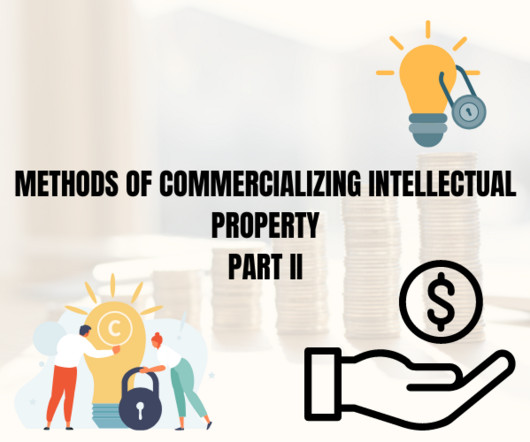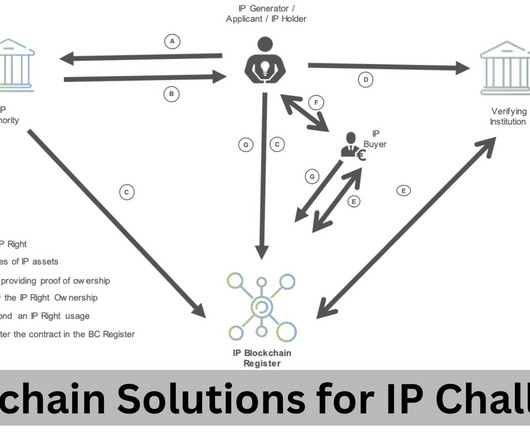The Bayh-Dole Act: Fostering Innovation Potential Across All Industries
IP.com
DECEMBER 13, 2023
While current controversy of the recent administration’s statement is specific to the healthcare and pharmaceutical sectors, The Bayh-Dole Act, officially known as the “University and Small Business Patent Procedures Act,” was enacted in 1980 in the United States with the purpose of reigniting U.S. has on the global market.












Let's personalize your content